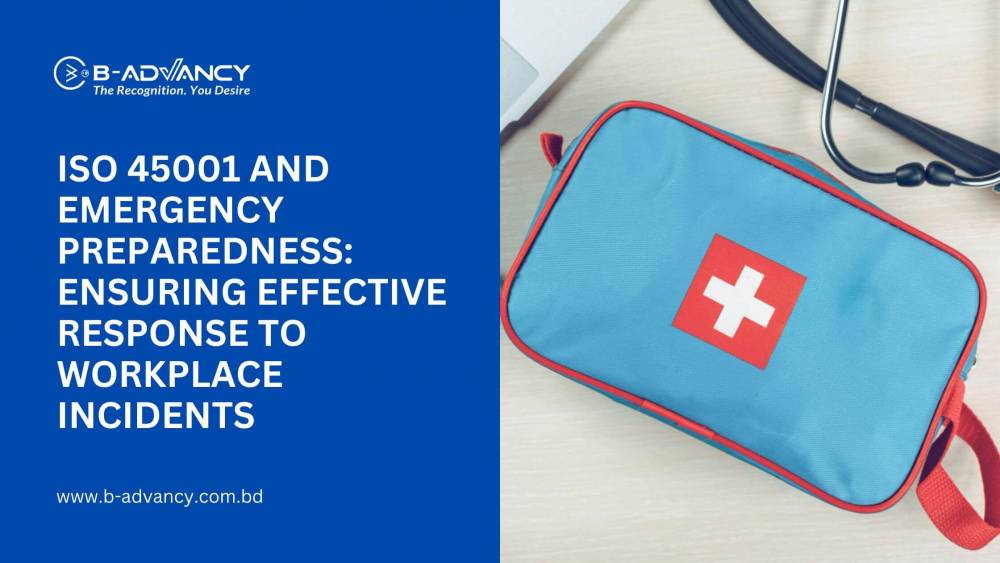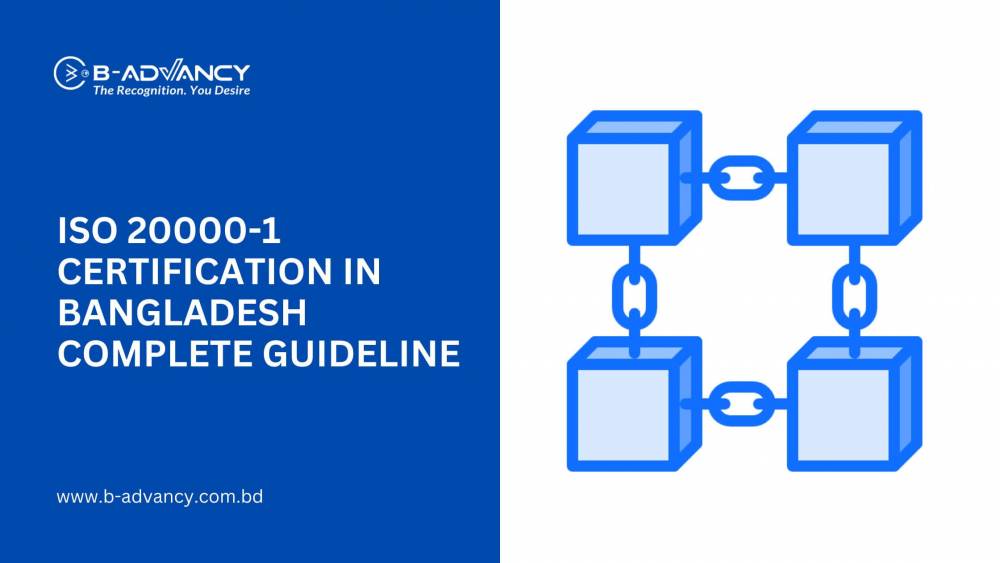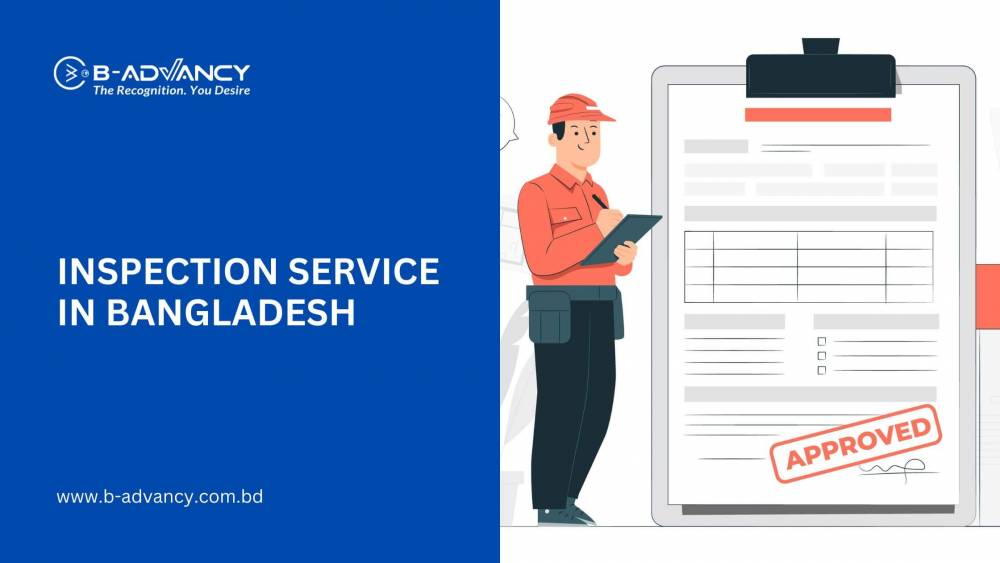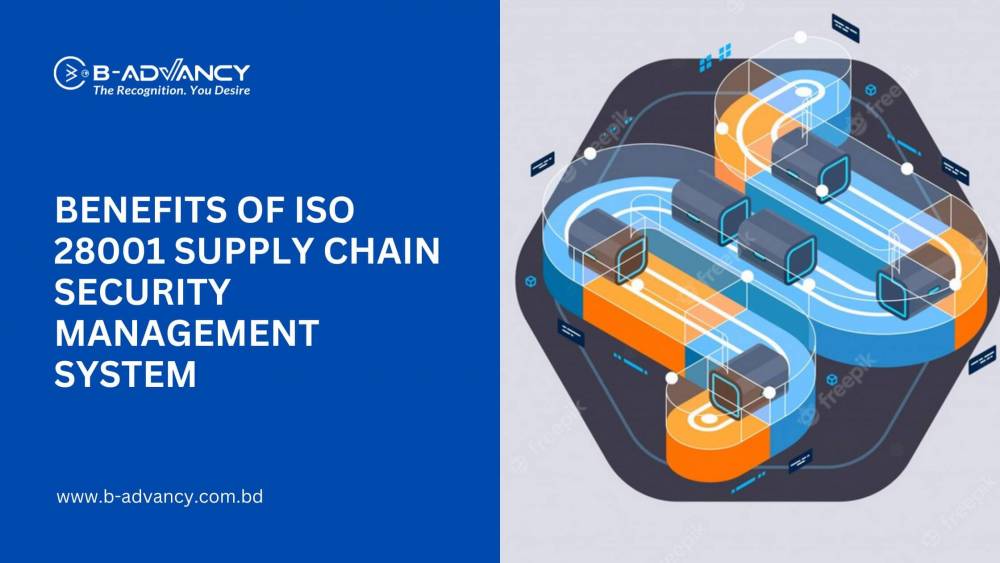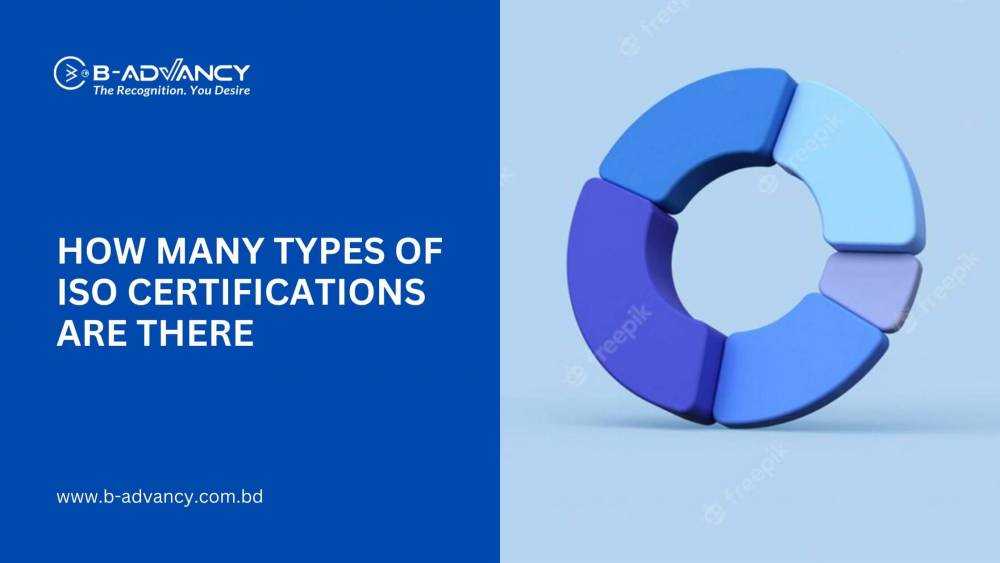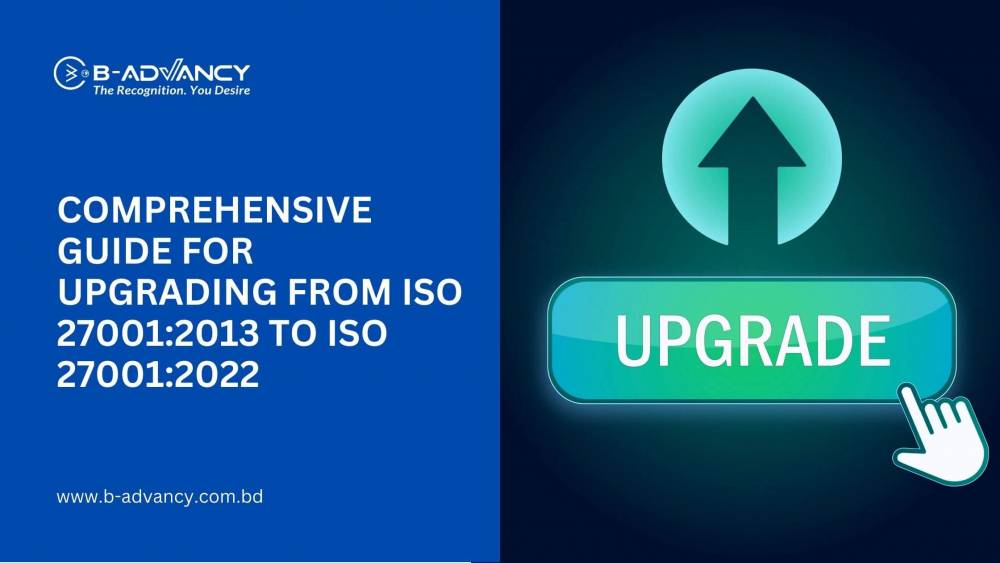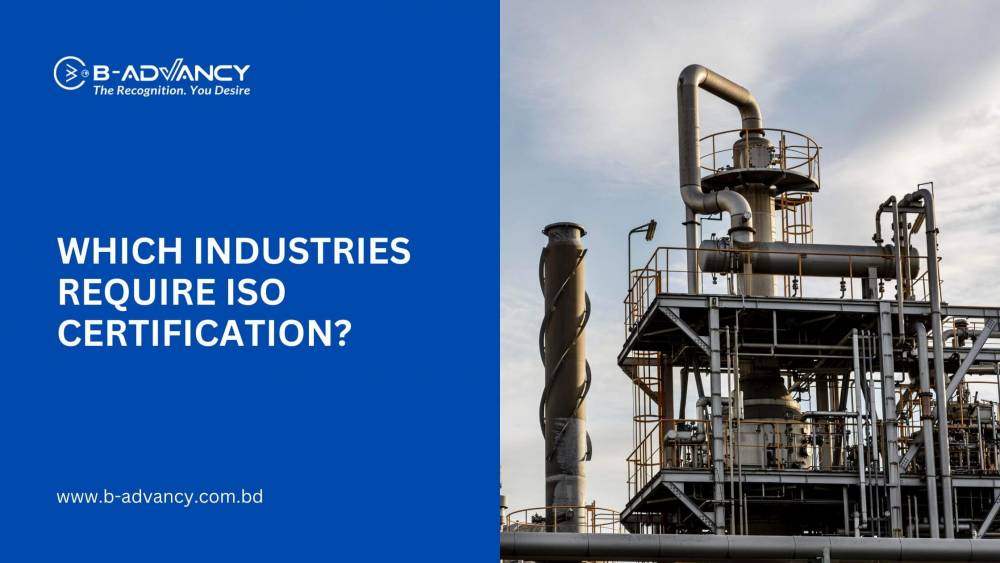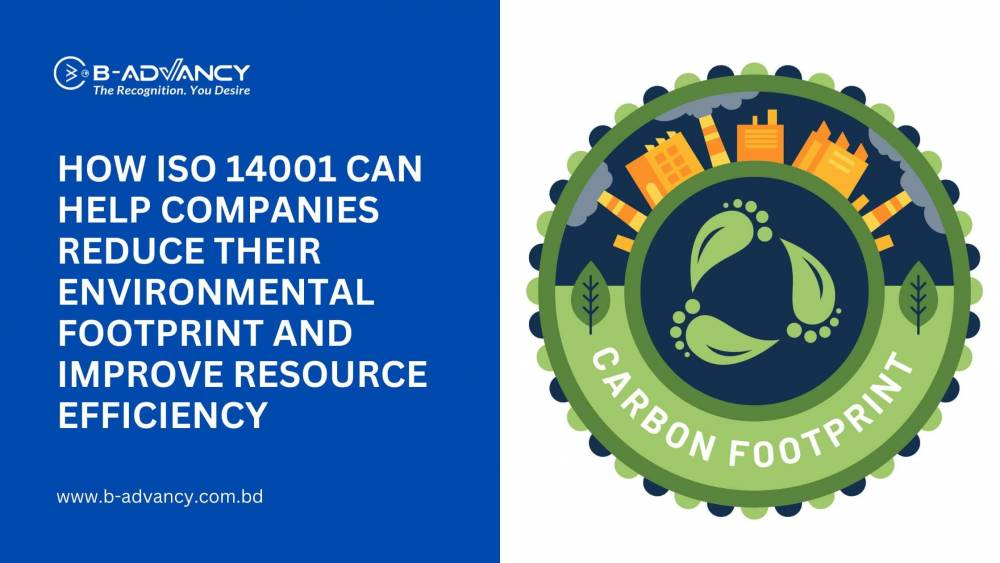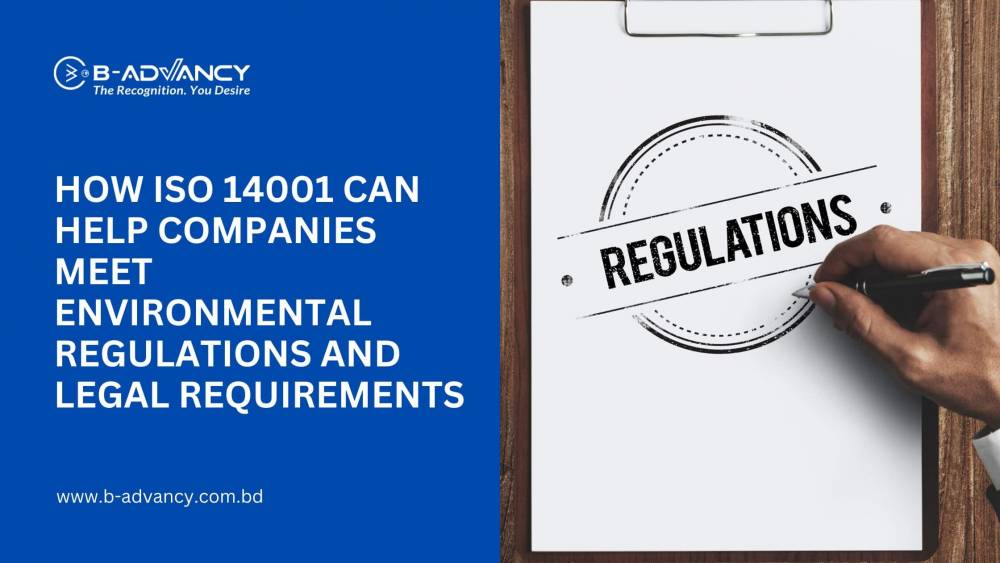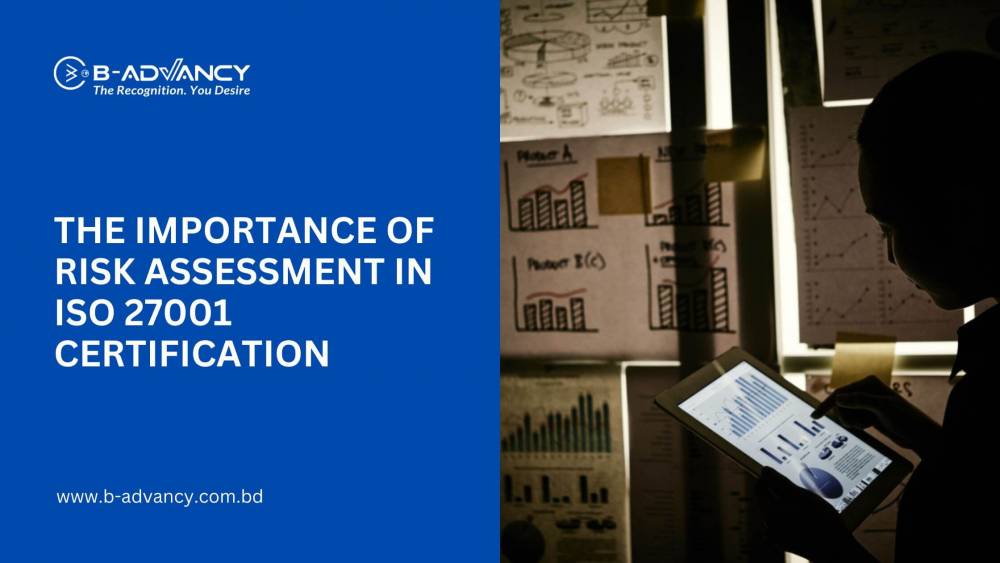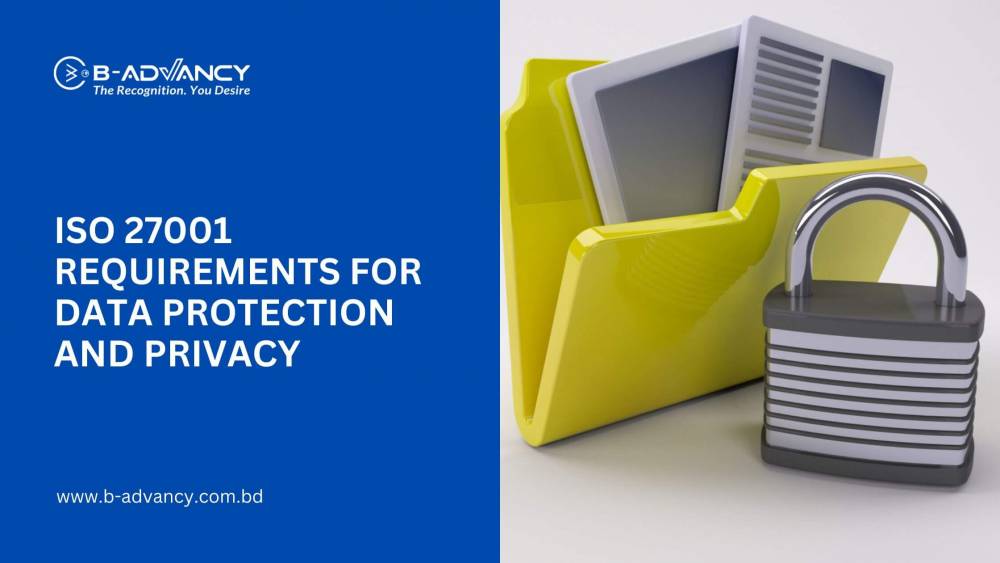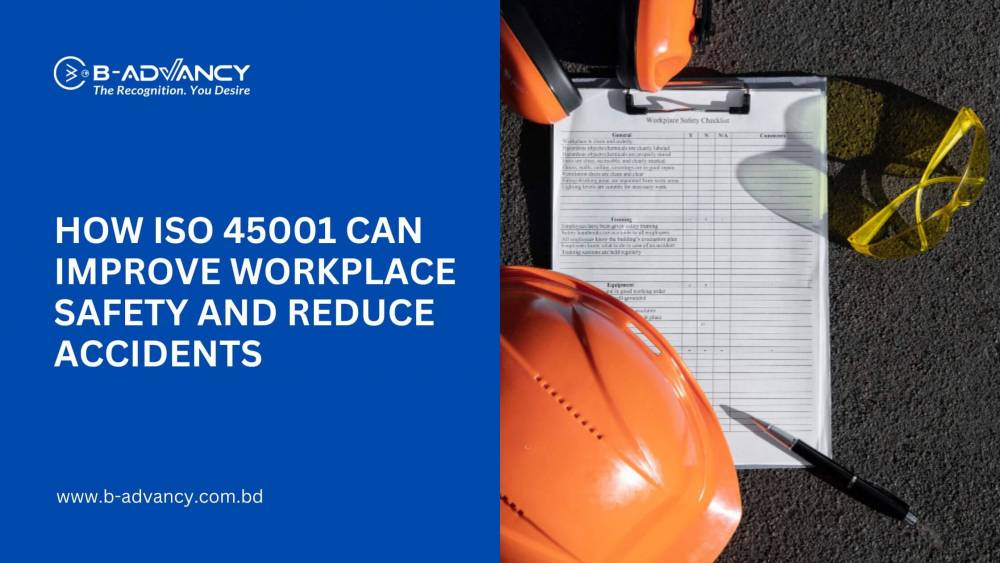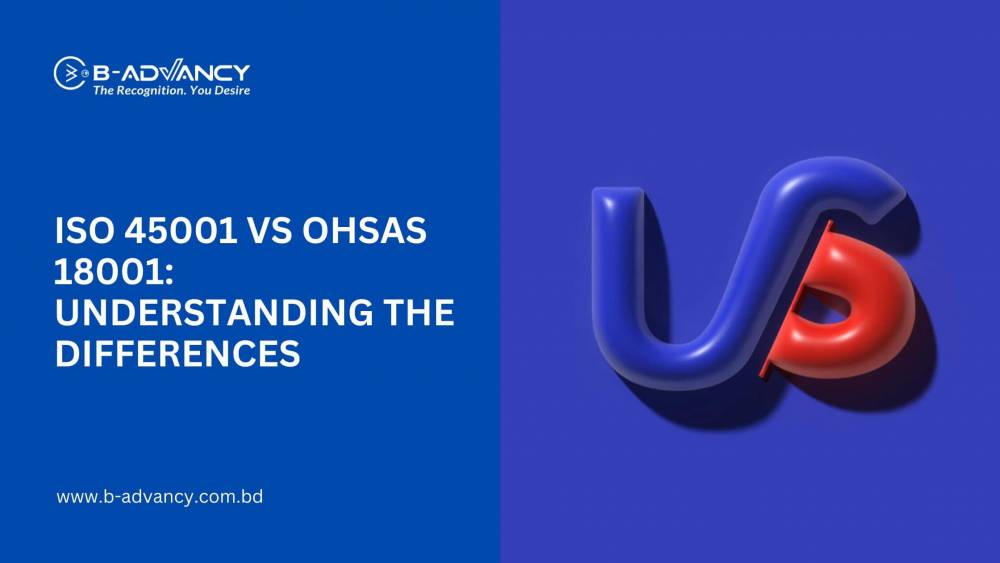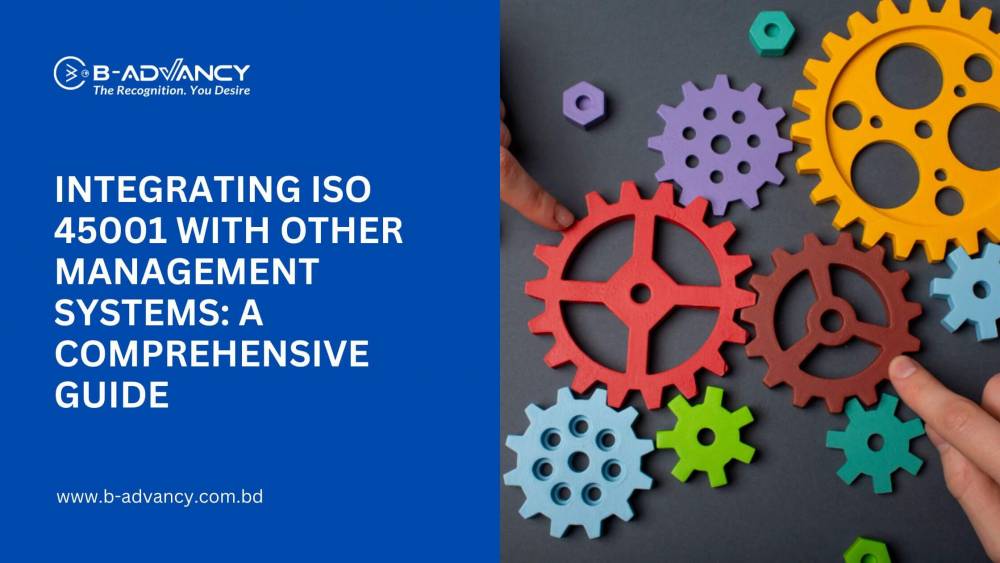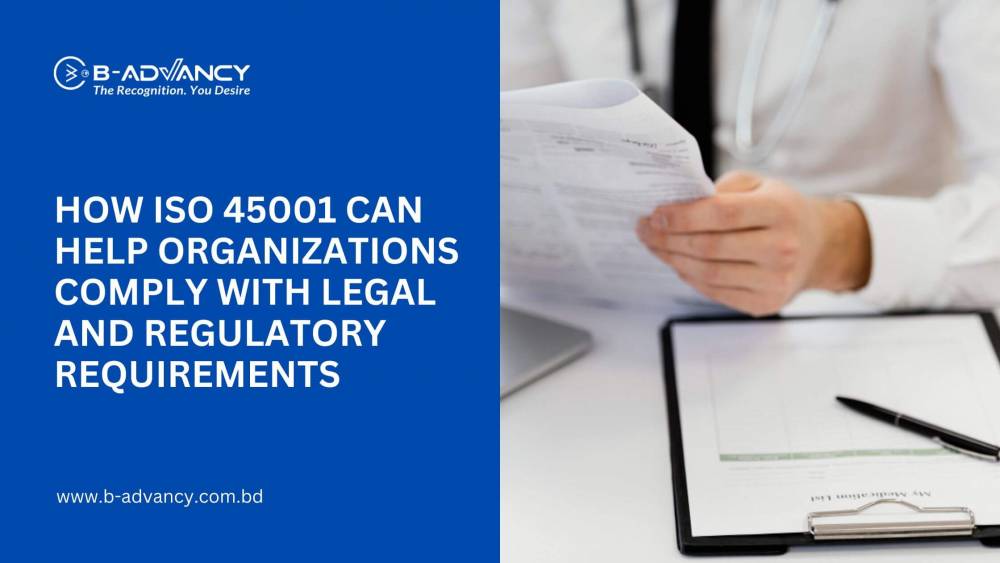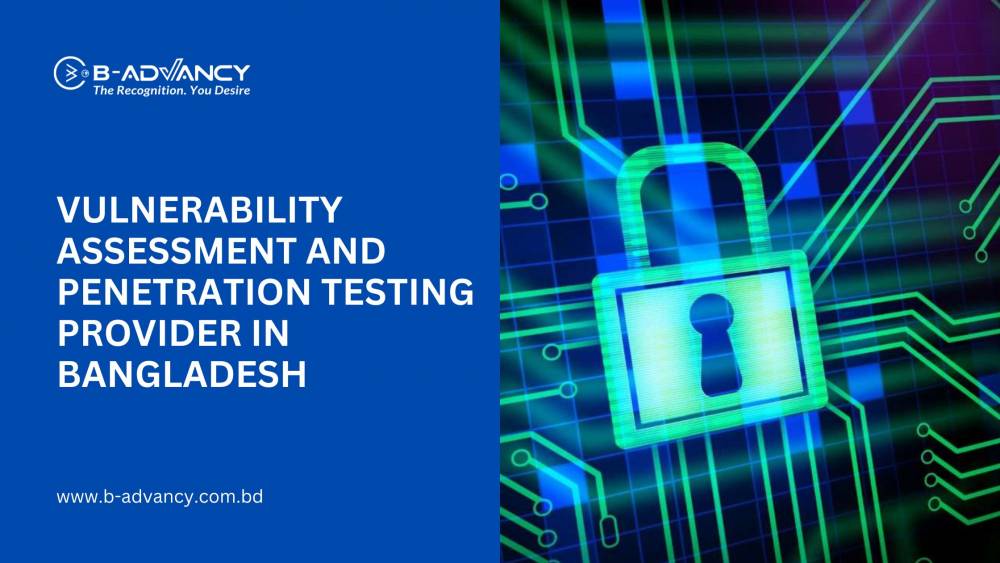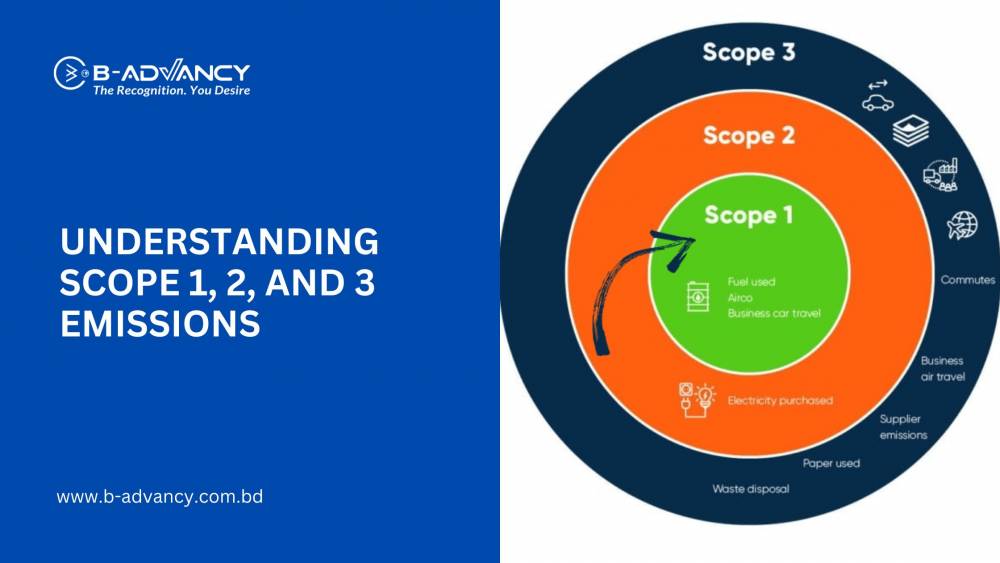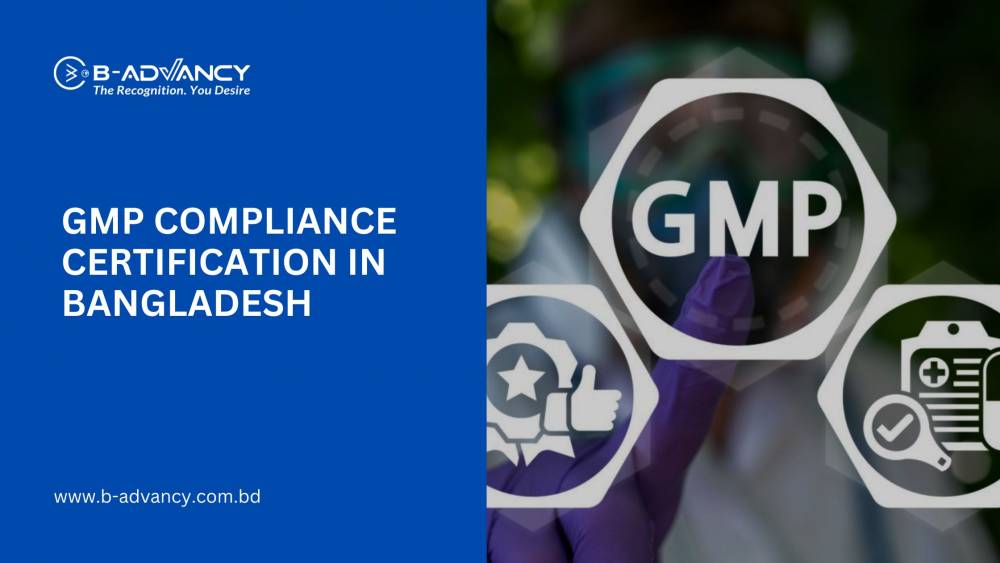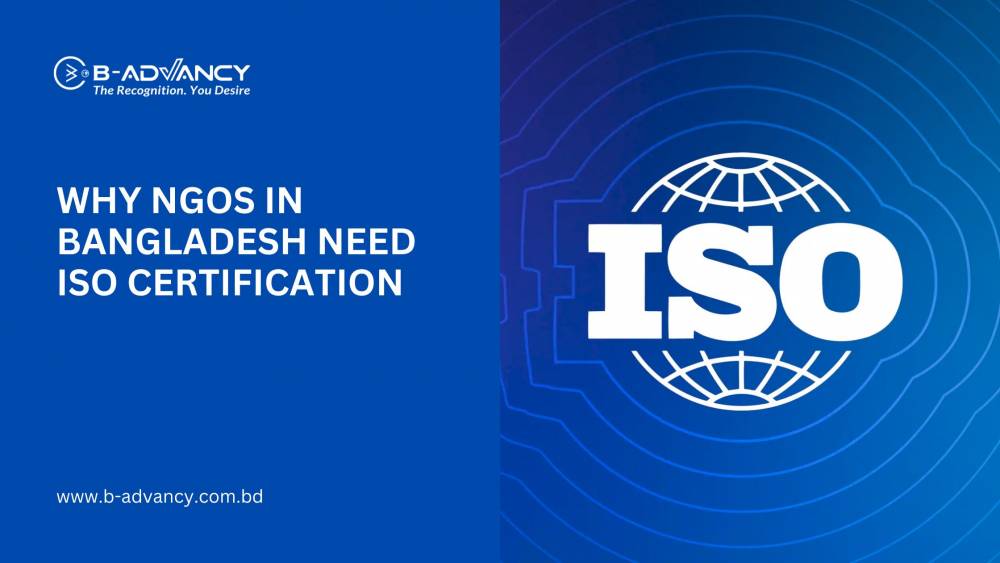Workplace safety is a critical aspect of any organization's success. It ensures that employees are healthy, happy, and productive, which ultimately contributes to the success of the business. One way to ensure workplace safety is by implementing the ISO 45001 standard. This standard outlines requirements for an occupational health and safety management system that helps organizations prevent workplace injuries and illnesses, and it also includes provisions for emergency preparedness.
What is ISO 45001?
ISO 45001 is an international standard that outlines requirements for an occupational health and safety management system. It is designed to help organizations prevent workplace injuries and illnesses, and it provides a framework for improving safety and reducing risks in the workplace. The standard was developed by a committee of occupational health and safety experts from around the world and is based on best practices in the industry.
Benefits of ISO 45001
Implementing ISO 45001 has numerous benefits for organizations. First, it helps to reduce workplace injuries and illnesses, which ultimately improves employee morale and productivity. In addition, it can help organizations reduce their insurance costs by demonstrating a commitment to workplace safety. Implementing ISO 45001 also helps organizations comply with legal and regulatory requirements related to occupational health and safety.
Emergency Preparedness in ISO 45001
Emergency preparedness is a critical aspect of workplace safety, and ISO 45001 includes provisions for emergency preparedness. This includes developing an emergency preparedness plan that outlines how the organization will respond to emergencies and how it will communicate with employees and other stakeholders during an emergency.
Developing an Emergency Preparedness Plan
Developing an emergency preparedness plan is a key component of ISO 45001. The plan should include:
Identification of potential emergencies: Organizations should identify the types of emergencies that are most likely to occur in their workplace, such as fires, natural disasters, or chemical spills.
Emergency response procedures: Organizations should develop procedures for responding to emergencies, such as evacuation procedures, first aid procedures, and procedures for contacting emergency services.
Communication procedures: Organizations should establish procedures for communicating with employees and other stakeholders during an emergency. This includes identifying who will be responsible for communicating with employees and what methods will be used to communicate with them.
Emergency Preparedness at an Oil Refinery
One example of the importance of emergency preparedness can be seen in the oil and gas industry. Oil refineries are highly complex facilities that are at risk of various types of emergencies, such as fires, explosions, and chemical releases. In 2015, an explosion at an oil refinery in Torrance, California, injured four workers and caused extensive damage to the facility.
Following the explosion, the refinery's emergency response plan was put into action. The plan included procedures for evacuating employees, shutting down equipment, and contacting emergency services. The refinery also had procedures in place for communicating with employees and the community during the emergency.
As a result of the emergency preparedness plan, the injuries from the explosion were relatively minor, and the damage to the facility was contained. The refinery was able to resume operations relatively quickly, minimizing the impact on the local community.
Conclusion
ISO 45001 provides organizations with a framework for improving workplace safety and reducing the risks of workplace injuries and illnesses. Emergency preparedness is a critical aspect of workplace safety, and implementing ISO 45001 can help organizations develop effective emergency preparedness plans. By developing an emergency preparedness plan and communicating it effectively, organizations can ensure that their employees are safe in the event of an emergency. Ultimately, this can help organizations protect their employees, minimize damage to their facilities, and maintain their reputation in the community.

